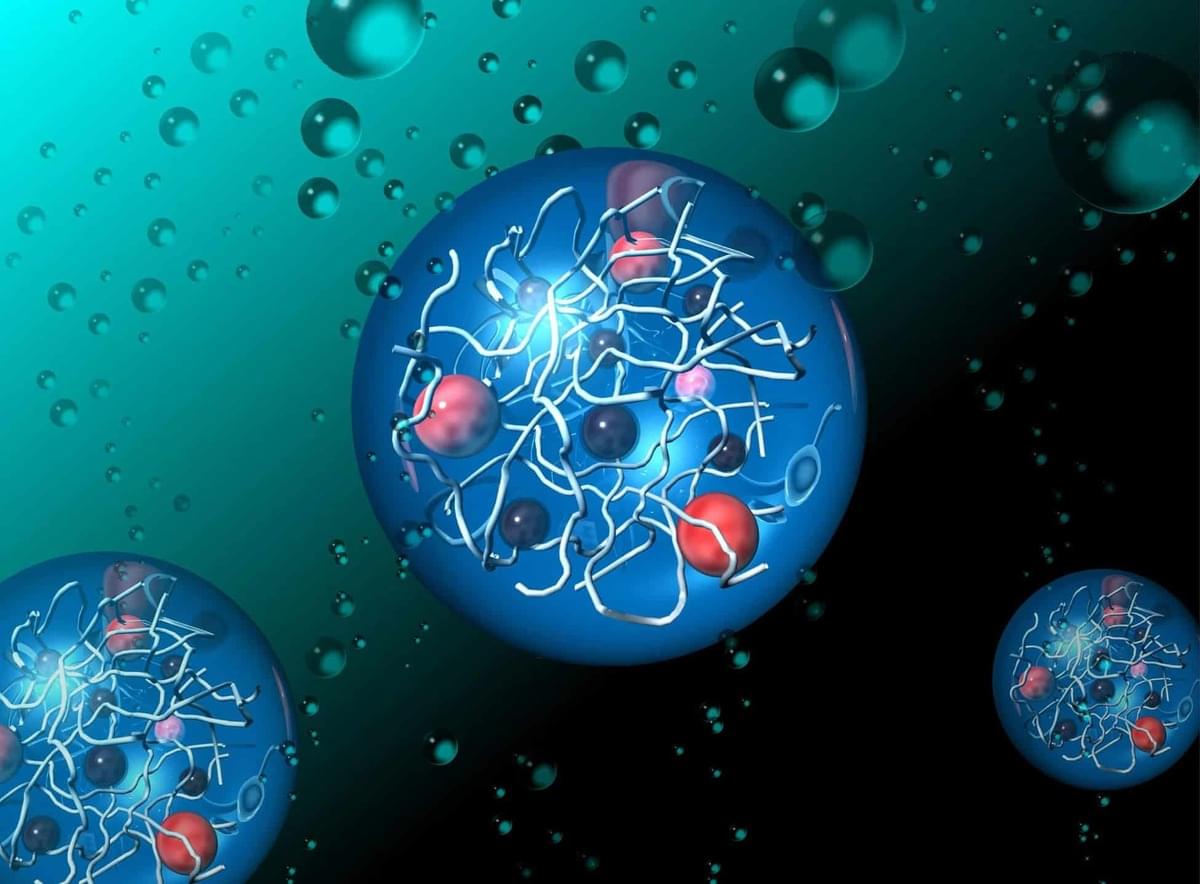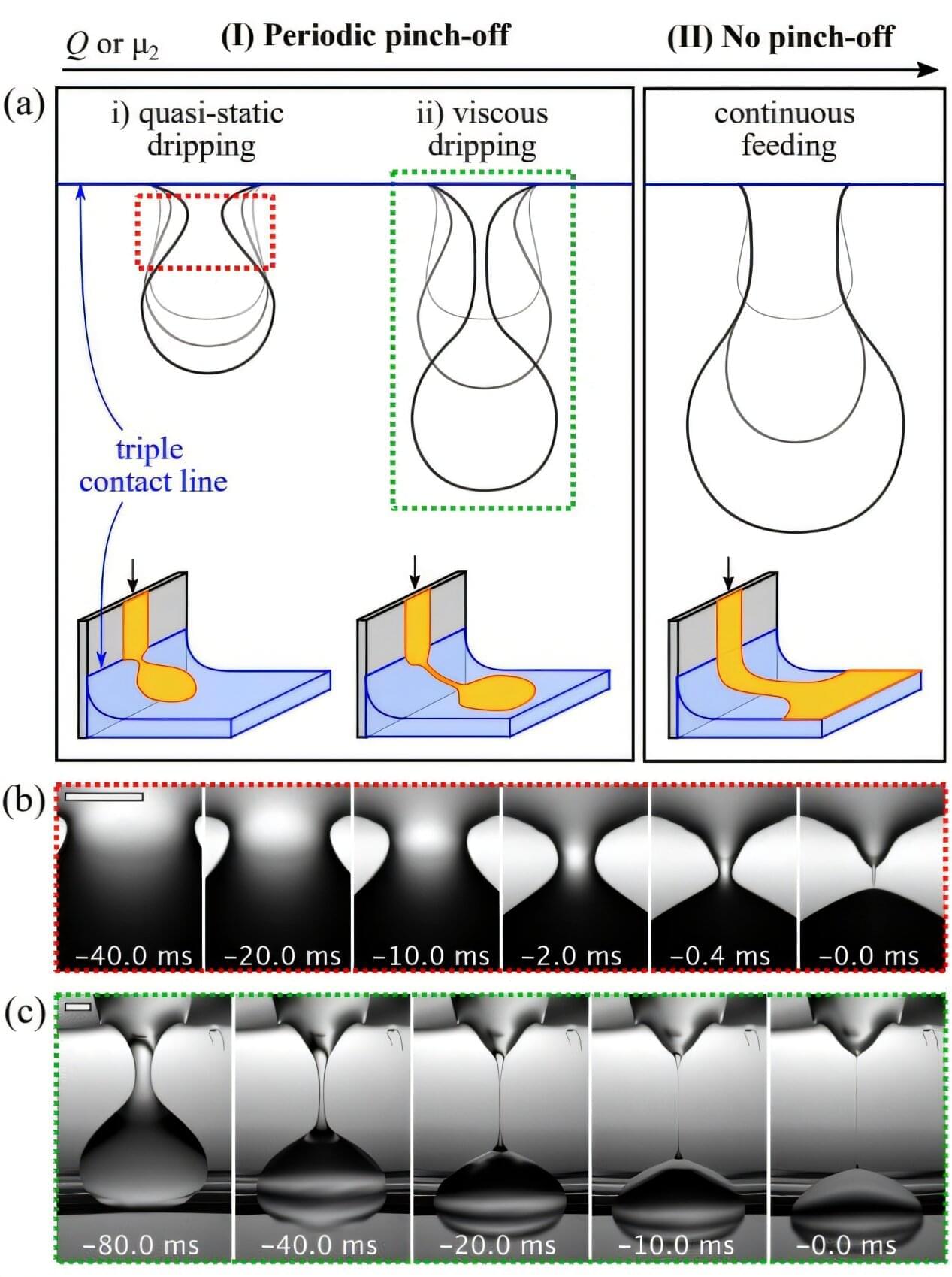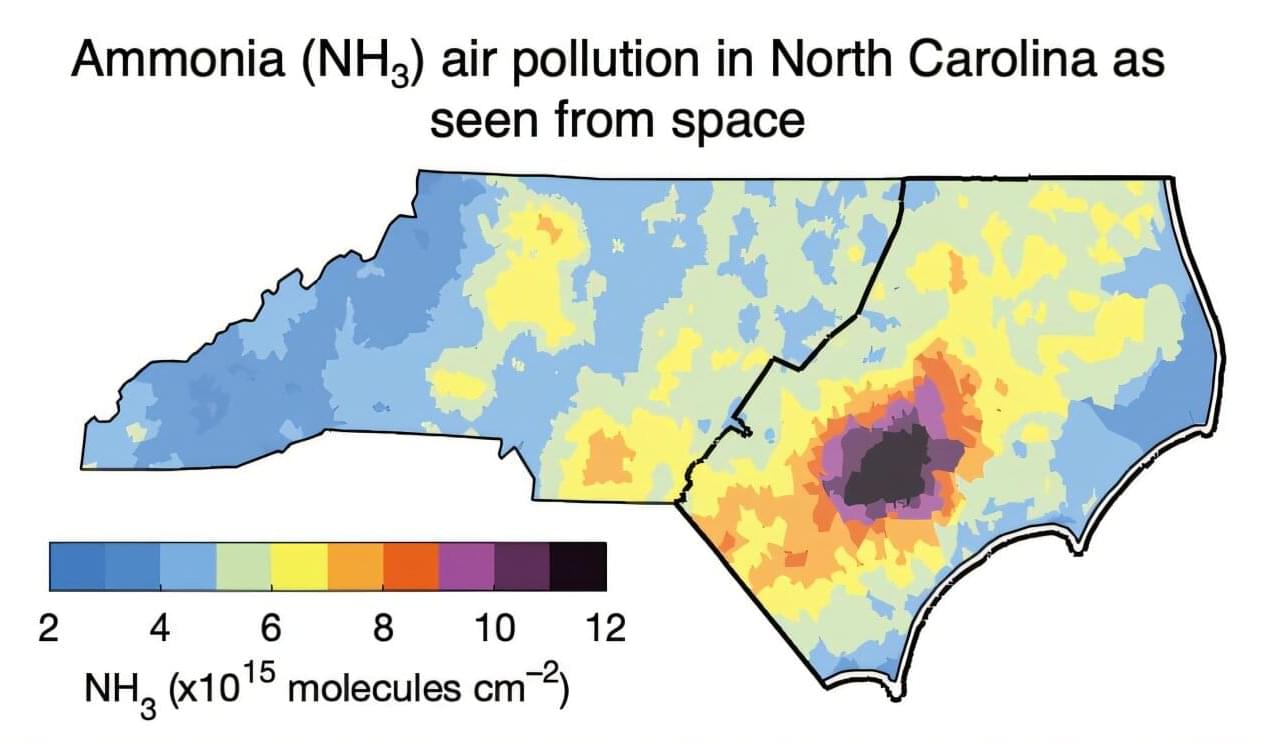In a major leap toward sustainable energy, a team of Japanese researchers has developed an artificial photosynthesis system that could help generate hydrogen and oxygen from just water and light. The breakthrough is thanks to a new type of hydrogel, which mimics the natural process of photosynthesis and performs these reactions without requiring external energy. This innovation opens up exciting possibilities for clean energy production, potentially transforming the way we think about renewable resources.
Artificial photosynthesis has long been a goal for scientists looking to replicate the natural process plants use to convert light into energy. The concept is simple in theory: use light to drive chemical reactions that produce useful energy, such as hydrogen. However, previous attempts to harness this process have been hampered by the need for external energy to trigger the reactions, making the systems inefficient and difficult to scale.
Enter hydrogels —a promising new solution. These polymer-based materials are capable of responding to external stimuli like temperature, light, and pH. The challenge, however, has been that these materials often suffer from self-aggregation, where the molecules clump together and hinder the energy conversion process. The Japanese researchers, however, have overcome this obstacle by designing a hydrogel that maintains the precise arrangement of its molecules, enabling a more effective energy transfer.







